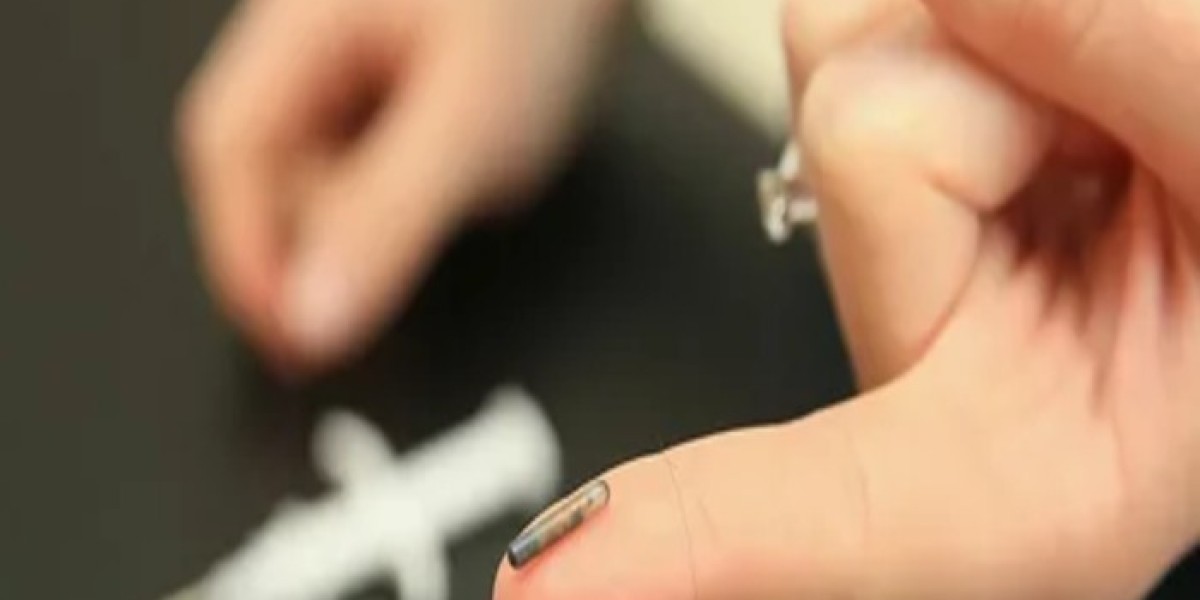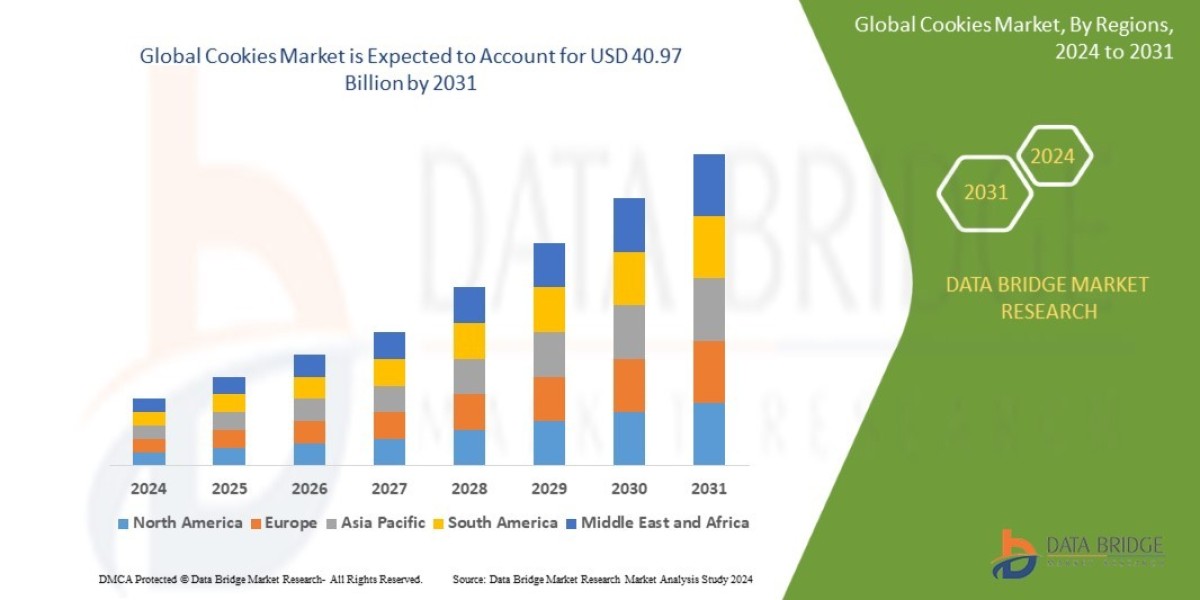Digital Revolution Driving Adoption of Implantable Microchips
Advances in microchip technology are driving growing interest from businesses in using digital implants for secure identification and contactless payments. Microchips the size of a grain of rice can be implanted under the skin and encoded with a unique identification number linked to an individual's profile in a database. This allows for automatic login todevices and systems with a simple wave of the hand. Proponents argue that as we transition to a digital-first world, microchipping offers a more convenient way for people to securely store and access their private information through everyday interactions.
Secure and Convenient ID Verification
Human Microchipping is replacing traditional ID cards for access to buildings, computer networks and restricted areas. Instead of swiping a card or entering a password, a sensor would scan the implanted microchip and instantly pull up the user's profile to grant or deny access permissions. This eliminates the hassle of carrying physical IDs and makes it much harder to replicate or share credentials with unauthorized persons. Employers are increasingly interested in using digital implants to securely log workers into systems, tracks hours and control facility access. Governments are also exploring applications for securely verifying citizen identity and linking to digital services.
Contactless Payments Without Wallets
Another promising application is contactless payments without needing to carry cash, cards or mobile devices. Microchipped users would simply hold their hand near a payment terminal to complete transactions. This avoids dirty or damaged payment interfaces and speeds up the customer experience in stores. Several companies are working on blockchain-based payment systems integrated with implanted microchips. Initial trials show strong interest from retailers in offering customers the choice to "pay with their hand". However, others raise privacy and security concerns about centralizing financial data connectivity within the human body.
Healthcare Transformation Through Real-Time Patient Data
Digital implants also open up new possibilities for healthcare by providing real-time access to patient medical data during emergencies. Implanted chips could be encoded with a person's medical history, allergies, insurance information and emergency contacts. Paramedics and hospital staff would receive immediate alerts about existing conditions or medications by scanning patients. Some propose integrating additional sensors to monitor vital signs, glucose levels or transmit alerts for conditions like heart irregularities directly to doctors. This could help deliver more timely treatment decisions and reduce treatment errors. Consenting patients would gain peace of mind through constant health monitoring even when unsupervised.
Overcoming Privacy and Cybersecurity Hurdles
However, widespread adoption of human microchipping also raises significant privacy and security challenges that need practical solutions. There is understandable reluctance to have highly sensitive personal information stored within the human body and worry about hackers gaining control. Incidents of RFID skimming show that wireless signals from chips could reveal identities and locations of implanted individuals without consent. Proper regulations and compliance standards are required to prevent data breaches and restrict unauthorized tracking of microchipped persons. Questions also persist around the long term biocompatibility, lifespan and complications from encapsulated foreign objects implanted just under the skin. Addressing these concerns will be critical for gaining public trust in the technology.
Regulatory Framework Needed to Prevent Misuse
As implantation becomes more common, policymakers face complex issues around balancing individual privacy rights with commercial applications. Rules are required regarding how data may be used, shared between organizations and how consent can be freely withdrawn. Critical implants in public settings like workplaces could result in coercive or discriminatory policies against those who decline. Privacy by design principles need enforcing during product development to prevent function creep. Legislation may be needed to classify chips as medical devices requiring oversight and protect vulnerable groups from involuntary or hidden implantation. Proper guidelines will help ensure technology advances benefit rather than exploit users or violate civil liberties on a mass scale.
Applications Expanding Despite Caution
While health and privacy issues raise understandable caution, commercial demand and individual benefits are driving the fast expansion of safe, ethical uses. Early adopters see implants as a frictionless way of securely digitizing identity while interacting with daily services like work, transport, payments and building access. Researchers work to address technical challenges around encryption, shielding and extending battery life necessary for broad uptake. As standards develop around transparent data usage and strong informed consent models, wider socially acceptable uses and voluntary human microchipping will emerge. Overall, implantabledigital technology has great potential for convenience if designed and applied judiciously with safety, equity and consent as top priorities.
Get more insights on, Human Microchipping
Explore More Related Article On-Agar Market
For Deeper Insights, Find the Report in the Language that You want.
About Author:
Ravina Pandya, Content Writer, has a strong foothold in the market research industry. She specializes in writing well-researched articles from different industries, including food and beverages, information and technology, healthcare, chemical and materials, etc. (https://www.linkedin.com/in/ravina-pandya-1a3984191)



